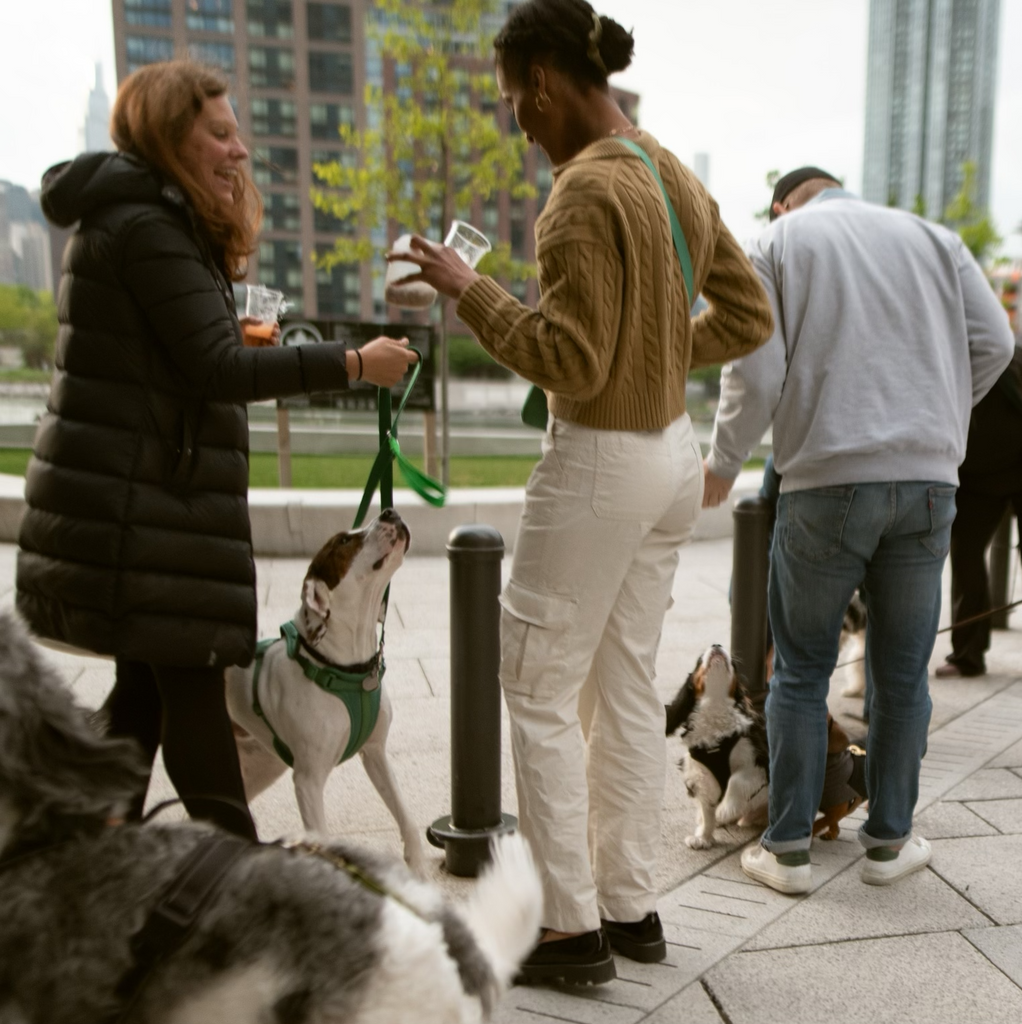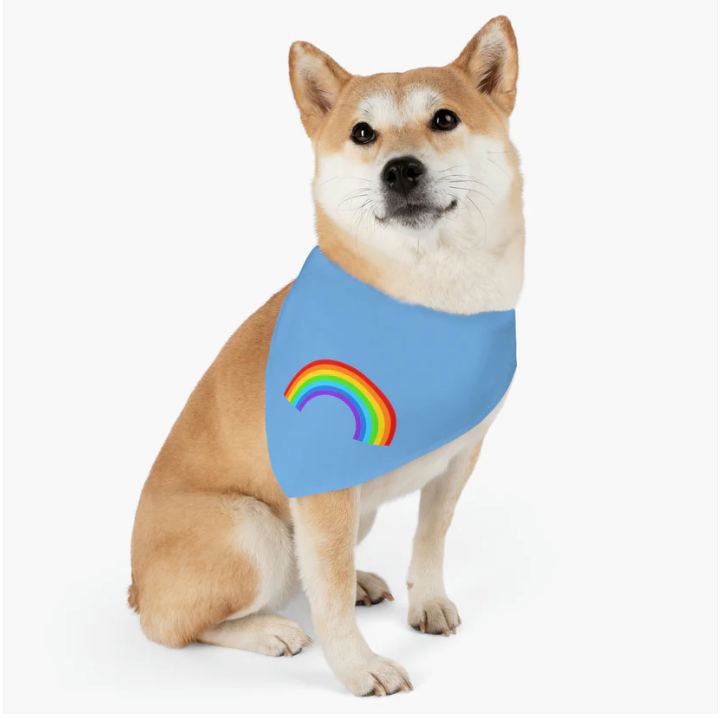No one enjoys the persistent, puppy-eyed appeal during your dinner time, but what if I told you there's a way to give your favorite pooch a taste of your dinner in a way that works for both of you? Enter "canine composting" – a practice I've embraced for a few months now, and it's been a game-changer for my whole family (dogs included of course). In this article, I'll share some practical tips and the many benefits of this approach for anyone considering giving it a try.
You know those bits of steak with a tad too much fat, the chicken skin that didn't quite crisp up, or simply leftovers you know won't make it to your plate the next day? Well, I've started stashing these in a special container in the fridge labeled "DOGS." The next morning, I scoop this flavorful concoction onto my dogs' kibble, and let me tell you, it's a resounding success! I have two adult dogs – an English Cream Golden Retriever and a Border Collie Mix – and they can't get enough of it.
Before we dive deeper, it's important to mention that both of my dogs are fortunate not to have sensitive stomachs or allergies. What goes in typically comes out as solid and firm as you'd hope (ahem). So, this practice works wonderfully for them, but it's crucial to recognize that it may not be suitable for dogs with different dietary needs or digestive sensitivities.
Now, let's explore the finer points of this "canine composting" thing:
Selective Ingredient Choices: It's important to exercise discretion when saving human food for dogs. Opt for unseasoned meats, fresh vegetables, and plain grains. Remember to avoid ingredients that could be harmful to dogs, such as raw onions, garlic, chocolate, grapes, raisins, etc.
Dedicated Storage Space & Inventory Management: Designating a specific container in the refrigerator, practicing the FIFO method, and changing the container out every week is key. You may find that you have more leftovers than meals for your dog for the day. As you add more to the "compost" try to keep the new stuff separated from the older stuff and use the older things first - first in, first out (FIFO). At least once a week use everything you've got, wash out your container or grab a new one.
Integration into Regular Meals: Incorporate these saved leftovers into your dogs' daily feeding routine so there is always a mix of what they are used to, and the new stuff. This maintains your pets' dietary habits while providing them with an exciting, ever-changing menu.
Mindful Portion Control: Just as you'd manage the balance in your compost heap, it's essential to maintain portion control. Overfeeding pet-safe human foods can lead to health issues while underfeeding leaves your pets lacking vital nutrients. Adjust servings based on your dogs' size and activity level to keep them healthy and lively.
In conclusion, "canine composting" has proven to be a win-win for both my dogs and me. It minimizes food waste and adds an exciting dimension to my pets' mealtime experience. However, it's crucial to acknowledge that this practice may not suit all dogs, particularly those with specific dietary requirements or sensitive stomachs. Nevertheless, for those where it's a good fit, it's a satisfying way to share your mealtime joy with your loyal companions.







